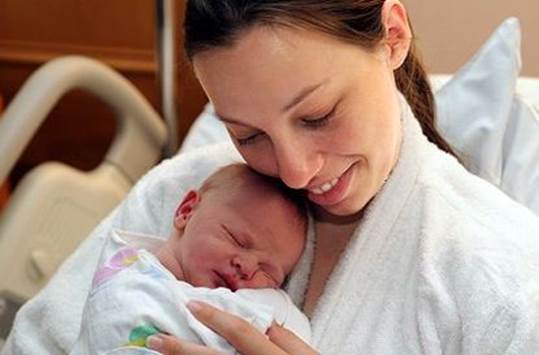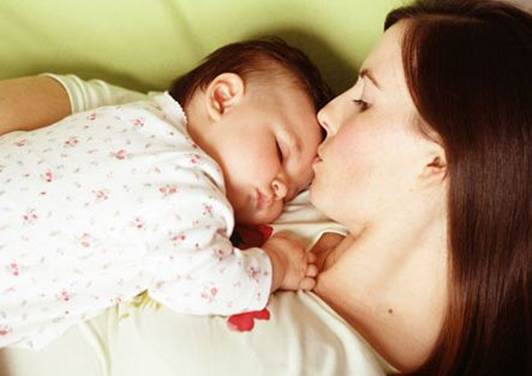After birth, all of your attention is
focused on caring for your new baby. But new mothers need to take special care
of their bodies after giving birth and while breastfeeding
Your baby’s finally here, and you’re
excited, but you’re also exhausted, uncomfortable and on an emotional
rollercoaster. No matter how you birthed your baby, the physical changes of the
postpartum period are immediately visible, unlike the gradual changes of
pregnancy.

Your
baby’s finally here, and you’re excited, but you’re also exhausted,
uncomfortable and on an emotional rollercoaster.
What to expect
Tender breasts
Your breasts may feel full and tender for
several days when your milk comes in and your nipples may be sensitive at
first. You will have colostrum in your breasts until the mature milk comes in
within three to six days after delivery. If you have any breastfeeding
problems, talk to your midwife, or a lactation specialist. She can advise you
on how to deal with any breastfeeding problems.
Relieve clogged milk ducts with breast
massage, frequent feeding, feeding after a warm shower, and warm moist
compresses applied throughout the day. Tender breasts will feel better as soon
as your breastfeeding has found a rhythm.
Constipation and hemorrhoids
The first postpartum bowel movement may be
a few days after delivery, and sensitive hemorrhoids, healing perineum and sore
muscles can make it extremely uncomfortable. Although common, hemorrhoids are
unexpected.
Alternating warm sits baths (sitting in
just a few inches of water and covering the buttocks, up to the hips, in the
water) and cold packs can help with hemorrhoids. It also can help to sit on an
inflatable doughnut cushion. Ask your doctor about a stool softener, but don’t
use laxatives, suppositories, or enemas without your doctor’s permission.

Ask
your doctor about a stool softener, but don’t use laxatives, suppositories, or
enemas without your doctor’s permission.
Episiotomy
If your perineum (the area of skin between
the vagina and the anus) was cut by your doctor or if it was torn during the
birth, the stitches may make it painful to sit or walk for a little while
during healing. It also can be painful when you cough or sneeze. Continue sits
baths using cool water for the first few days, then warm water after that.
Squeeze the cheeks of your bottom together when you sit to avoid pulling
painfully on the stitches.
Use a squirt bottle with warm water to
flush the area when you use the toilet, and pat yourself dry. After a bowel movement,
wipe from front to back to avoid infection. Reduce swelling with ice packs or
chilled witch hazel pads.
Hot or cold flashes
Your body’s adjustment to different
hormones and blood flow levels often wreaks havoc on your internal thermostat.
Wear layered clothing and always have a glass of water handy to cool you down.
Urinary or fecal incontinence
The stretching of your muscles during
delivery can cause you to inadvertently pass urine when you cough, laugh, or
strain or may make it difficult to control your bowel movements, especially if
you experienced a long labor.
This often resolves gradually as your body
returns to its normal pre-pregnancy state. Encourage the process with Kegel
exercises, which help strengthen the pelvic floor muscles. Wear a sanitary pad
for protection. Let the doctor know about any incontinence you experience.

This
often resolves gradually as your body returns to its normal pre-pregnancy
state.
“After birth pains”
After giving birth, your uterus will
continue to have contractions for a few days. These are most noticeable when
your baby breastfeeds. You will have a heavy and bright red vaginal discharge
called lochia.
It is the tissue and blood that lined your
uterus during pregnancy. Initially heavier than your period and often
containing clots, it gradually fades to white or yellow and then stops within a
few weeks. Wear thick maternity pads.
Swelling
This may take place in your legs and feet
for a while. You can reduce this by keeping your feet elevated whenever
possible.
Weight
Your postpartum weight will probably be
about six to seven kilograms below your full-term weight (the weight of the
baby, placenta, and amniotic fluid), before additional water weight drops off
within the first week as your body regains its balance.